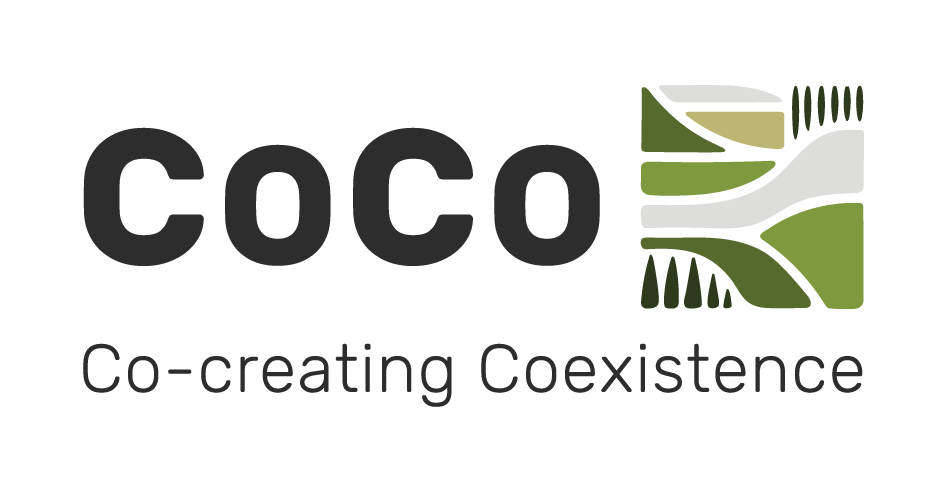
Policy Analysis
UmU is the lead in a comprehensive analysis of policy frameworks at various levels (EU, national in our case study countries, and sub-national within these countries) that govern agriculture, environment, and wildlife management. The focus is on examining the coherence, consistency, and comprehensiveness of these policies, particularly how they align with stakeholder interests and address systemic and institutional challenges.
Wildlife-Livestock-Land Use Interactions
INN leads the exploration of wildlife management structures, mapping their evolution and current practices across Europe. This task examines the interactions between wildlife management and other land uses, such as agriculture and forestry, with a focus on the impacts on pastoral systems. The main points to be covered include:
- the spatial scale of organisation (from national to local levels),
- mechanisms of administration and regulation,
- linkage between property rights and land ownership,
- and the distribution of costs and benefits.
A key part of the study is to look at how wildlife management affects pastoral systems and how these systems interact with wildlife.
Pastoral Systems in practice
CITA leads efforts to map the diversity of extensive and semi-extensive pastoral systems currently in use. The goal is to understand how these systems work and how they interact with wildlife. This involves creating a typology of their operational structures and practices, taking into account reproductive cycles, land use and herding practices, among other factors, to understand how these systems affect and are affected by wildlife.
Best Practices in Damage Prevention
In this task, IEA is investigating the effectiveness of various damage prevention practices in pastoral systems, particularly regarding large carnivores. By reviewing local experiences and scientific literature, the task aims to identify best practices and strategies for sustainable wildlife management.

Funded by the European Union. Views and opinions expressed are however those of the author(s) only and do not necessarily reflect those of the European Union or the European Research Executive Agency. Neither the European Union nor the granting authority can be held responsible for them.
